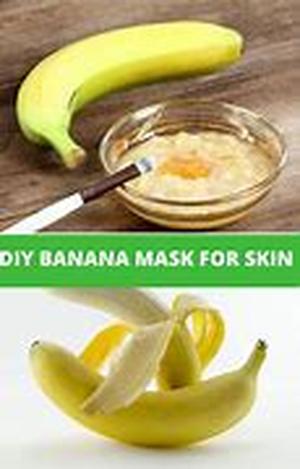
KWD: 15559 2.68Prickly Pear Prickly Pear Is The Symbol Used In Rio Grande Valley. Prickly Pear Comes From The Genus Opuntia Which Features Thorny Pads, Colorful Large Flowers And Succulent Fruits And With The Unique Image Stamped On Proudly On The Mexican Flag. For A Hundreds Of Years, Native Peoples Who Lived In The Deserts Of Mexico Depend On This Desert Plant For Food And Healing Purposes. These Traditional Ways Were Continued By European Settlers Who Transported The Plants Seeds To Europe And All Over The World. Consequently, Prickly Pear Cactus Is Now Widely Distributed In Deserts From South Africa And Australia To Africa And The Mediterranean Region. The Parts Of Prickly Pear That Are Commonly Used Are Pads And Fruits. The Pads Refer To The Flattened Stem Which Grows Quickly And Stick Out From The Plant. Found Clinging In Each Pad Are Tiny Clusters Of Stickers. When You Trim The Stickers And Spines, The Pad Can Be Peeled And Prepared For Cooking Just Like Any Ordinary Vegetable. The Usual Techniques Used In Cooking The Pad Include Broiling Or Sauting, Chopping It Raw And Adding It To Soups Or Salads. If Heated, The Pectin-clad Pads Become Gooey Just Like Okra. Spiny Red Fruits In Prickly Pear Are Known As Tunas Which Assumes Cylindrical Shape And As Big As The Size Of A Childs Hand. The Crimson Fruit Were Once Used As Red Dye. They Are Often Used To Make Jelly, Juice And Pickles. The Fruits Are Used As Jelly In Mexico, Also Sweet Syrup That Is Used Similar To Honey Or Hardened Into Taffy. A Cactus Pear Cheese Is Made By Cooking And Cooling The Fruits. This Native Species Are Also Used As Landscaping Plant. The Sap From Pads Is Also Used To Repel Mosquitoes In Certain Parts Of Africa. There Are A Number Of Uses For Prickly Pear That Traditional Healers Implement. These Include The Following: The Sap Or Gooey Gel From Its Pads Can Be Used To Spread On Minor Cuts, Sunburns Or Skin Irritations For Healing Purposes And To Soothe The Inflammation. The Pads Are Also Warmed Up To Be Used As Heating Pads And Apply Them To Aching Backs And Chests. Young Pads Turned Into Puree Are Effective Laxatives. Special Extracts Of The Prickly Pear Are Used For Hangovers And To Recover For Vigorous Exercise By Speeding Up Synthesis Of Natural Restorative Compounds Called Heat Shock Proteins (HSPs). Extracts Are Usually Made From Opuntia Ficus Indica. It Treats Adult-onset (type 2) Diabetes. This Kind Of Treatment Was Used Since 15th Centuries. The Cooked Pads Of Prickly Pear According To Research Can Indeed Decrease Blood Sugar Levels. The Recommended Dosages For Prickly Pear Cactus Are Not Determined When Used To Heal. For Those With Adult-onset Diabetes, Take 100 To 500 G Of Broiled Prickly Pear Pad Before Meal Once A Day. Or, You Can Drink 2 To 4 Ounces Of Fresh Or Frozen Prickly Pear Juice. Food Preparations Of Prickly Pear Are The Safest And Most Effective Way To Get The Medicinal Value Of The Plant. For Extract, Take It With A Glass Of Water On An Empty Stomach Before Bedtime. Prickly Pear Extracts May Not Work Effectively With High-fiber Foods Because Fiber Prevents Absorption Of Extract By The Body. If You Develop Allergies, Stop Using Prickly Pear Immediately And See Your Doctor.





